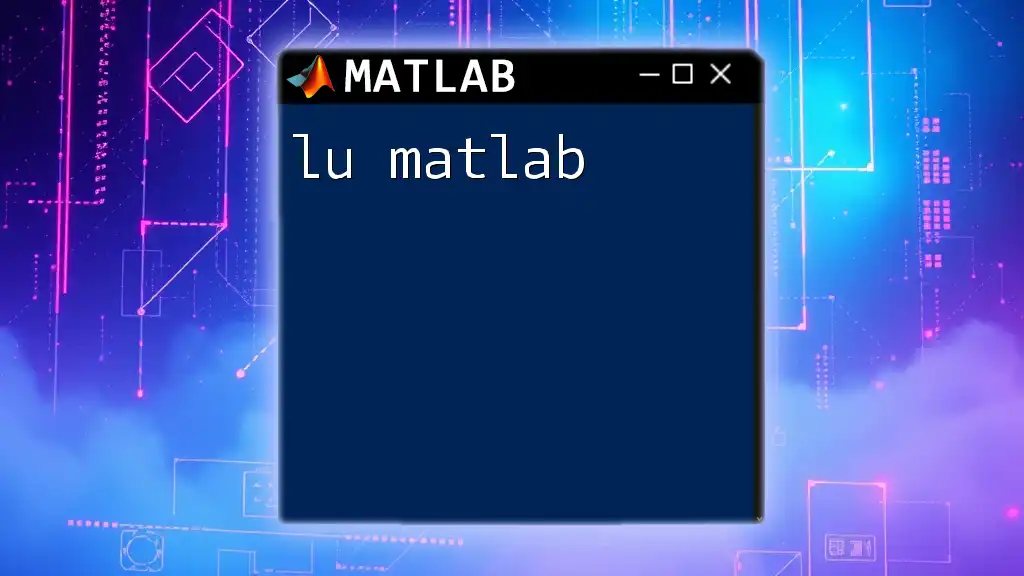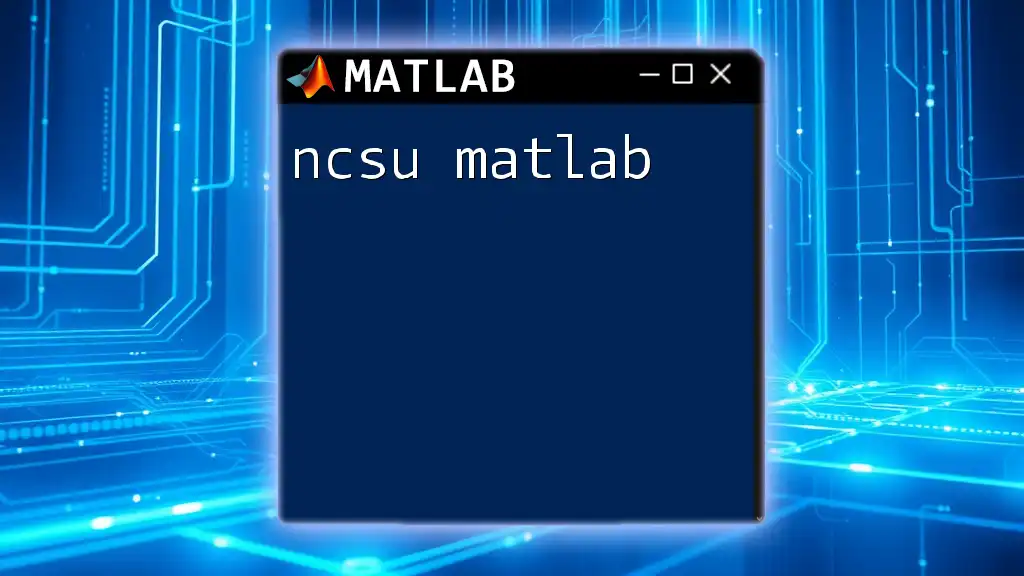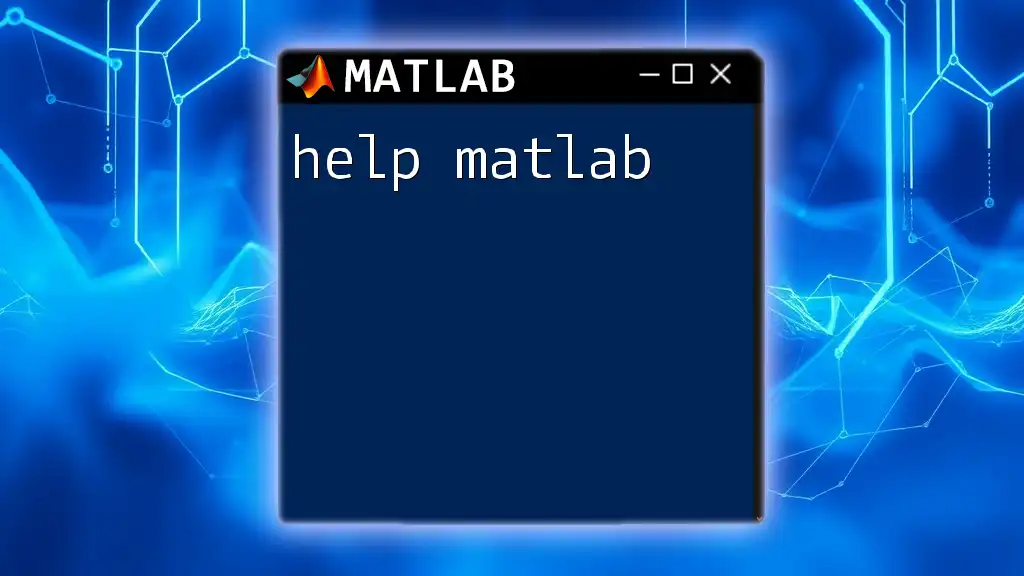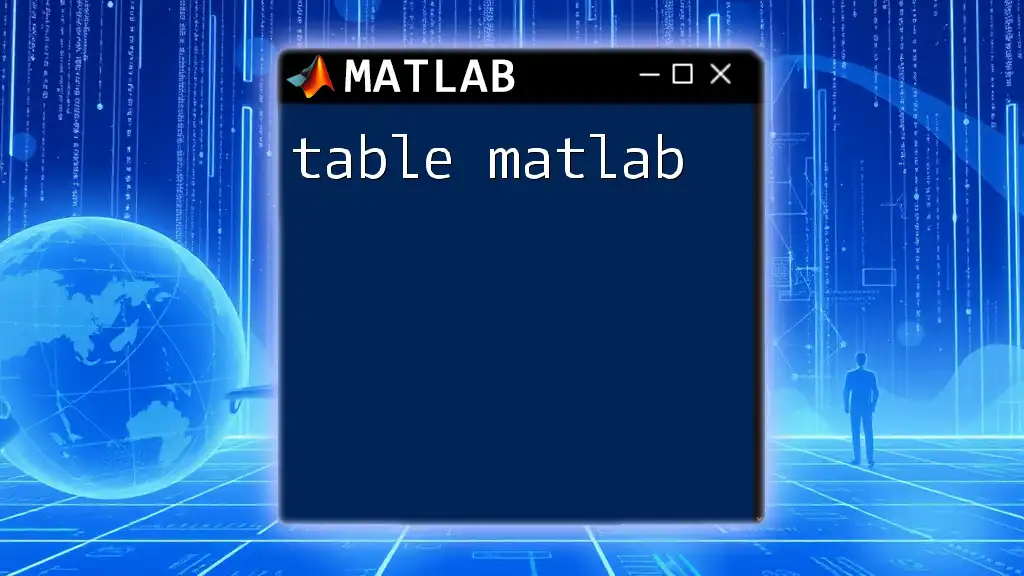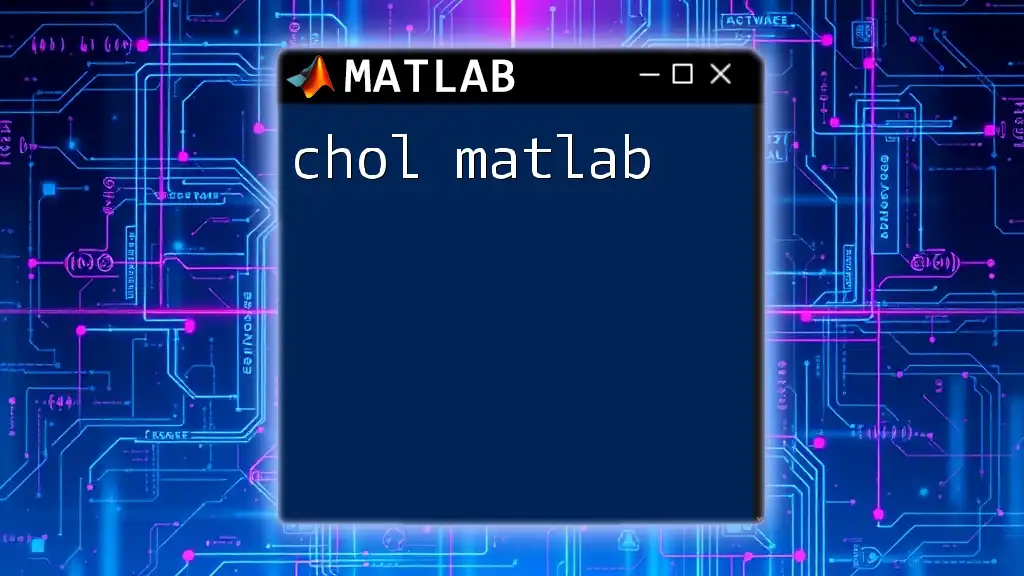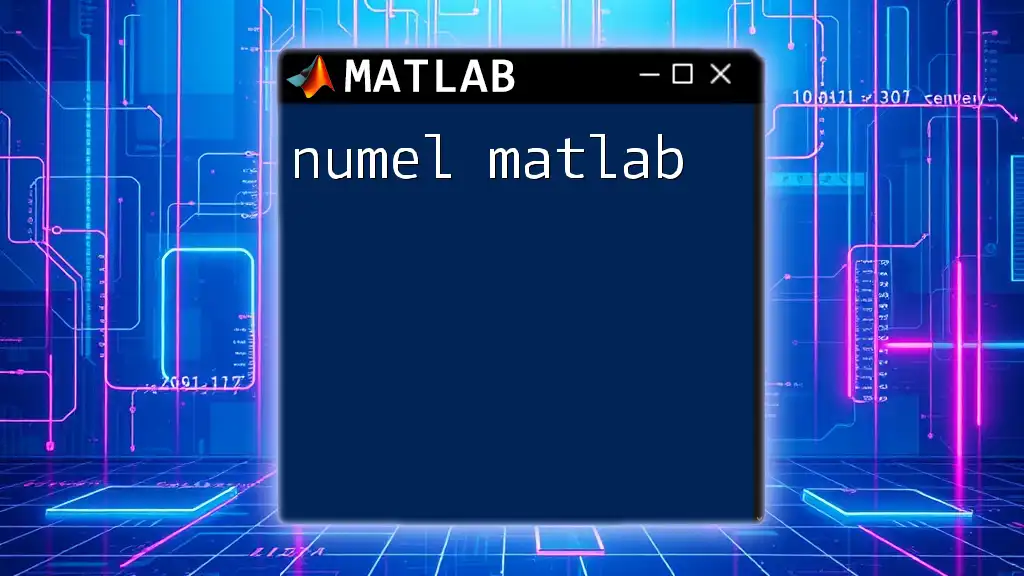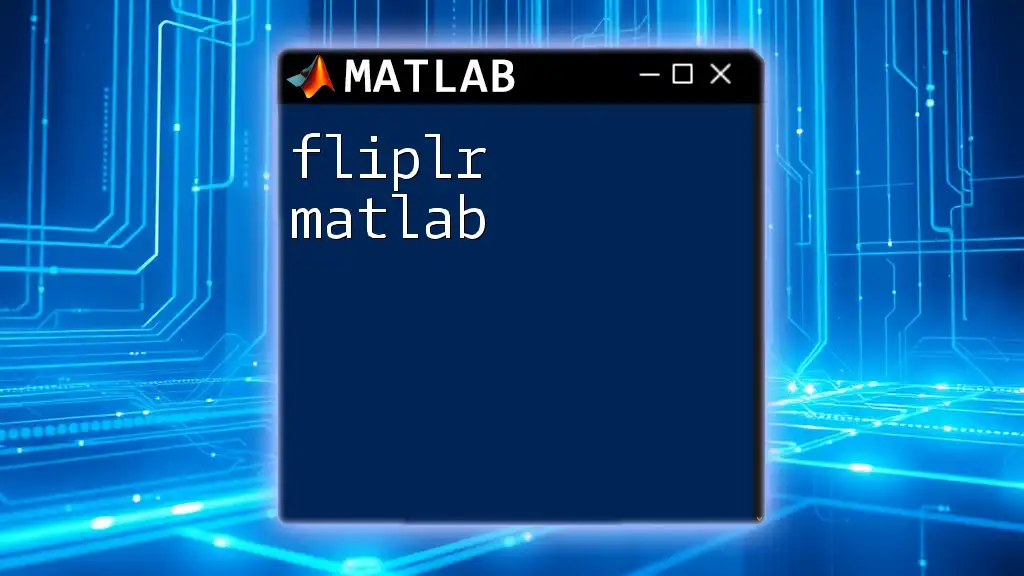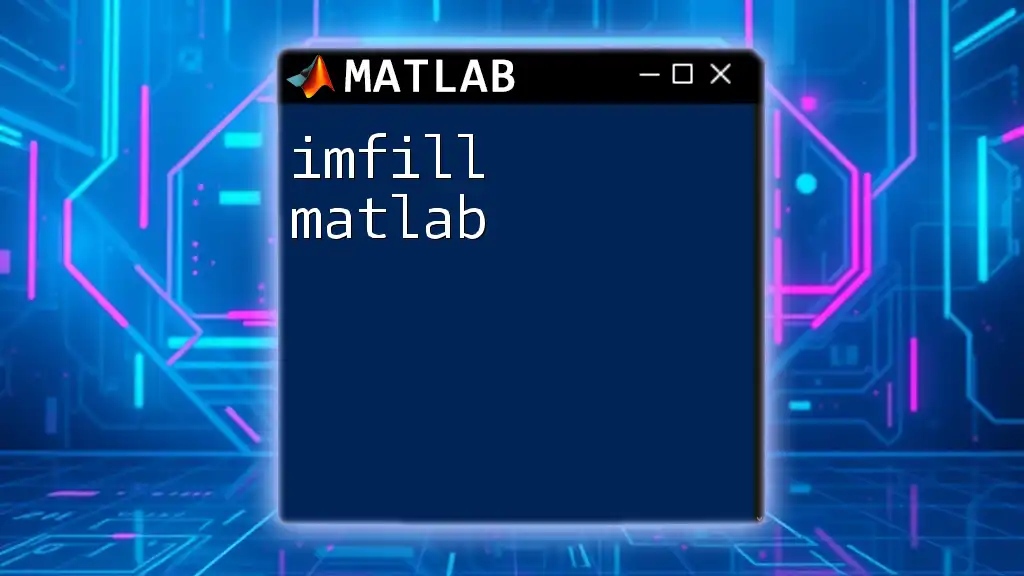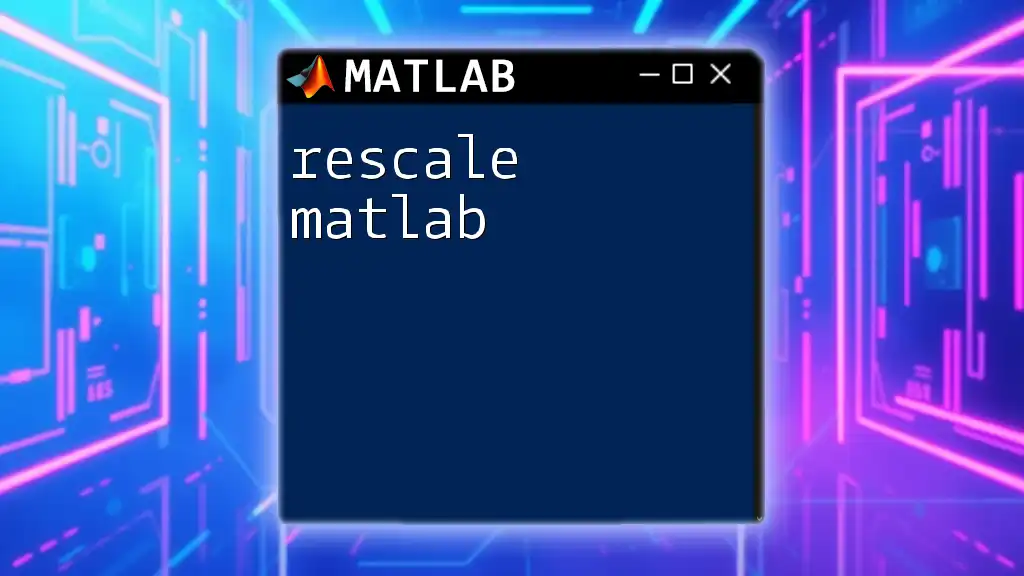LU decomposition in MATLAB is a numerical method used to factor a matrix into a lower triangular matrix (L) and an upper triangular matrix (U) to facilitate solving systems of linear equations.
Here’s a code snippet demonstrating how to perform LU decomposition in MATLAB:
A = [4, 3; 6, 3]; % Define the matrix A
[L, U] = lu(A); % Perform LU decomposition
Understanding LU Decomposition
What is LU Decomposition?
LU decomposition is a method for factorizing a matrix into two components: a lower triangular matrix (L) and an upper triangular matrix (U). This decomposition is fundamental in numerical analysis and is often used for solving systems of linear equations, matrix inversion, and determining the determinant of a matrix.
In LU decomposition, if A is a square matrix, then we can express it as:
A = LU
Here, L has ones on its diagonal and the elements below it are the coefficients for the linear combinations that form the rows of the matrix U.
Mathematical Background
The application of LU decomposition can be especially beneficial when solving systems of equations represented in the form:
AX = B
Where A is a matrix, X is the vector of unknowns, and B is the outcome vector. By using LU decomposition, we can rewrite this as two simpler steps:
- LY = B (where Y is an intermediate vector),
- UX = Y
This method is advantageous because it breaks down a problem into smaller, more manageable calculations.

Implementing LU Decomposition in MATLAB
Syntax and Functions
MATLAB provides a built-in function for LU decomposition called lu. The syntax for this function is:
[L, U, P] = lu(A)
- L is the lower triangular matrix.
- U is the upper triangular matrix.
- P is a permutation matrix that is used to improve numerical stability during the decomposition process.
Step-by-Step Example
Example 1: Basic LU Decomposition
Let’s consider a simple square matrix:
A = [4, 3; 6, 3];
To perform LU decomposition on this matrix, implement the following command:
[L, U, P] = lu(A);
After executing this, you will obtain the matrices L, U, and P. Each of these components plays a critical role in subsequent calculations.
- L will contain the coefficients necessary to express A as a product of triangular matrices,
- U holds the upper triangular form,
- P accounts for any row swaps that might have occurred to enhance stability.
Example 2: Solving Systems of Equations
Now, let’s say we want to solve the system of equations represented by:
b = [10; 12];
Using the LU decomposition results, we can use forward and backward substitution. Start with the forward substitution step:
y = L \ (P*b); % Forward substitution
This step allows us to solve for the intermediate variable Y. Next, we use the value of Y to find the solution for X through backward substitution:
x = U \ y; % Backward substitution
After executing these commands, x will hold the values of the unknowns that solve the original system of equations.
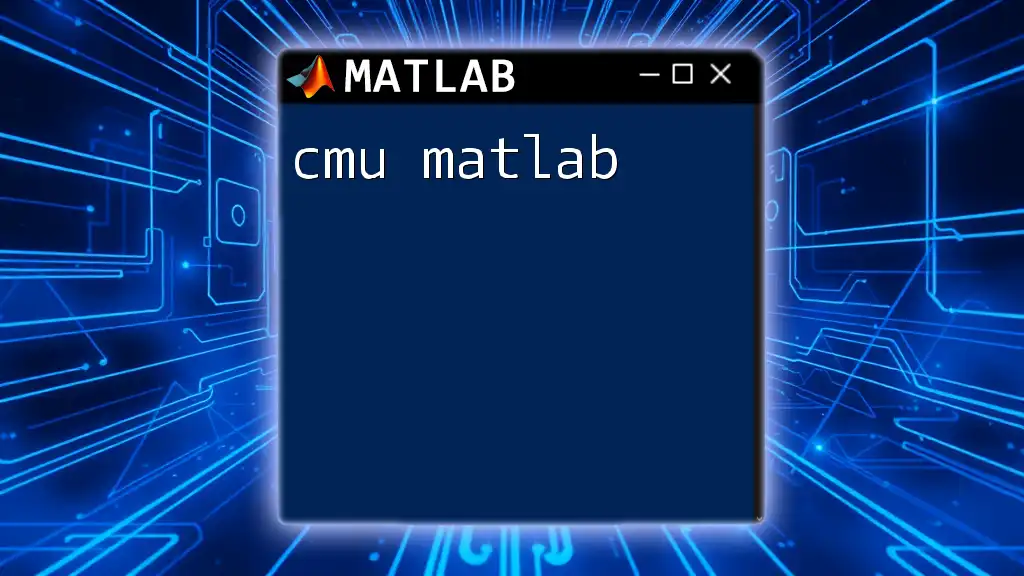
Practical Applications of LU Decomposition
Advantages in Computational Efficiency
LU decomposition offers a more efficient way to solve systems of equations, especially when dealing with multiple systems that share a common coefficient matrix. Compared to Gaussian elimination—which has a computational complexity of O(n^3)—LU decomposition significantly reduces the need for redundant calculations, since once the decomposition is done, the solution can be found in linear time for forward and backward substitution.
Example Applications
1. Engineering Problems
In civil engineering, LU decomposition is often applied to solve statics problems, such as analyzing forces acting on structural components. For instance, you can set up the force equations as a system of linear equations and utilize LU decomposition to evaluate forces efficiently.
Here is a conceptual example in MATLAB:
% Example: Truss structure force analysis
A = [1, 2, 0; 0, 1, 2; 1, 0, 1];
b = [5; 6; 7];
[L, U, P] = lu(A);
y = L \ (P*b);
forces = U \ y;
This code fragment illustrates how LU decomposition aids in finding the forces acting on the members of a truss.
2. Data Science Applications
In data science, LU decomposition is frequently used in optimization problems, such as those arising in regression analysis. By decomposing the matrix of predictors, LU allows for the efficient computation of coefficients.
Here’s a basic example of employing LU decomposition in a regression context:
X = [1, 0; 1, 1; 1, 2];
y = [1; 2; 3];
A = X' * X; % Normal equation matrix
b = X' * y; % Right-hand side vector
[L, U, P] = lu(A);
y_intermediate = L \ (P*b);
coefficients = U \ y_intermediate;
The above code will compute the regression coefficients efficiently by utilizing LU decomposition.
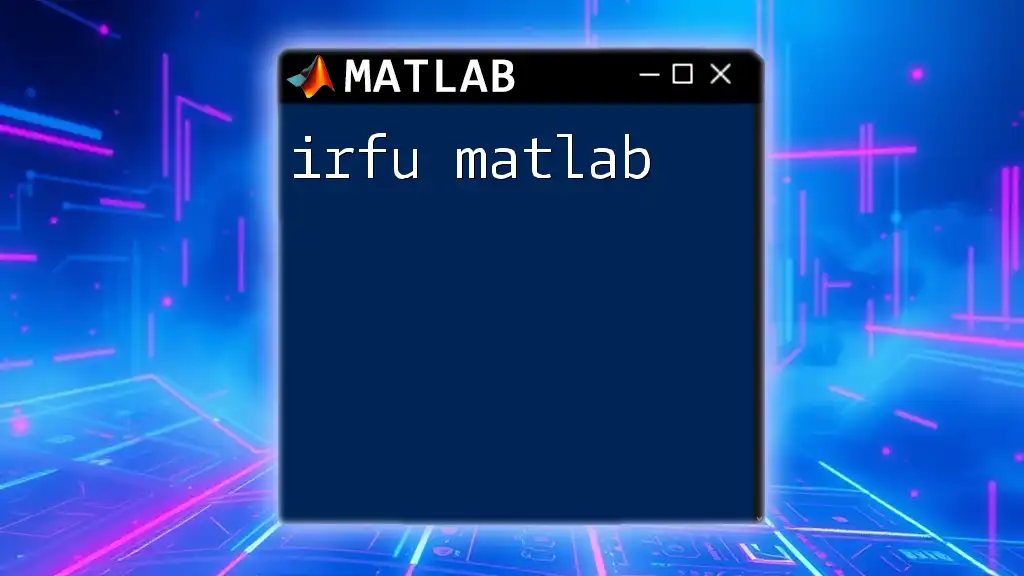
Troubleshooting Common Issues
Common Errors and Solutions
One of the most frequent issues encountered during LU decomposition is encountering a dimension mismatch. This occurs when the input matrix A is not square. Ensure that your input is a square matrix, as LU decomposition is defined only for square matrices.
Another common issue is when the matrix is singular. A singular matrix does not possess an inverse, and thus LU decomposition is not applicable. In such cases, it's crucial to check the determinant or row-reduce the matrix to identify potential problems.
Best Practices
To prepare matrices for LU decomposition:
- Ensure that your matrix is square.
- Consider using pivoting to enhance numerical stability by providing a better condition number.
- If possible, scale your matrix to improve numerical performance.
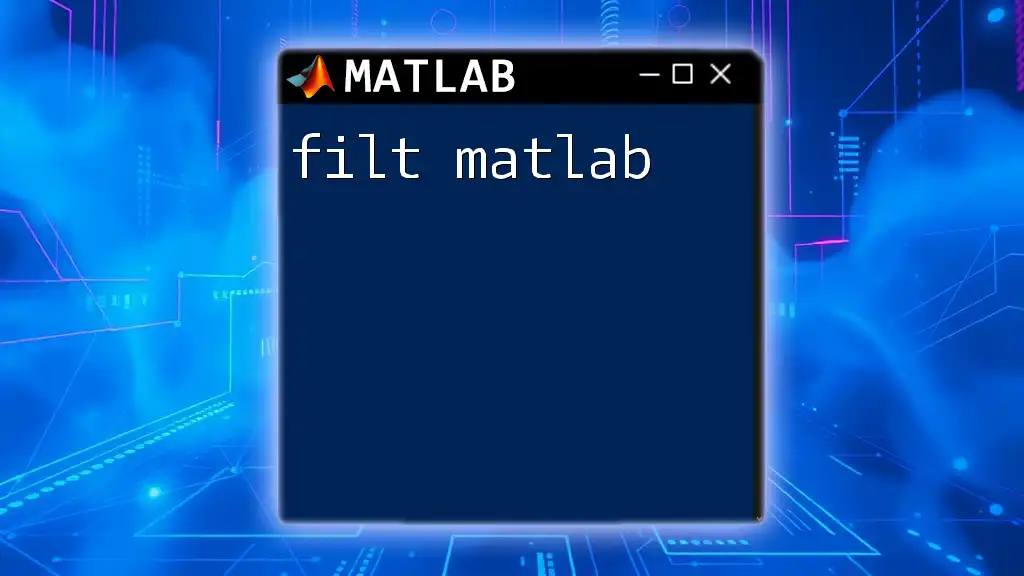
Conclusion
LU decomposition stands out as a powerful tool for efficiently solving linear algebra problems in MATLAB. Its ability to simplify complex systems into manageable calculations makes it an essential method in both academic and practical applications. By mastering LU decomposition, you can tackle a wide array of numerical challenges with confidence. Embrace the capabilities of LU decomposition in MATLAB, experiment with various matrices, and enhance your problem-solving skills to achieve more in your studies and career.
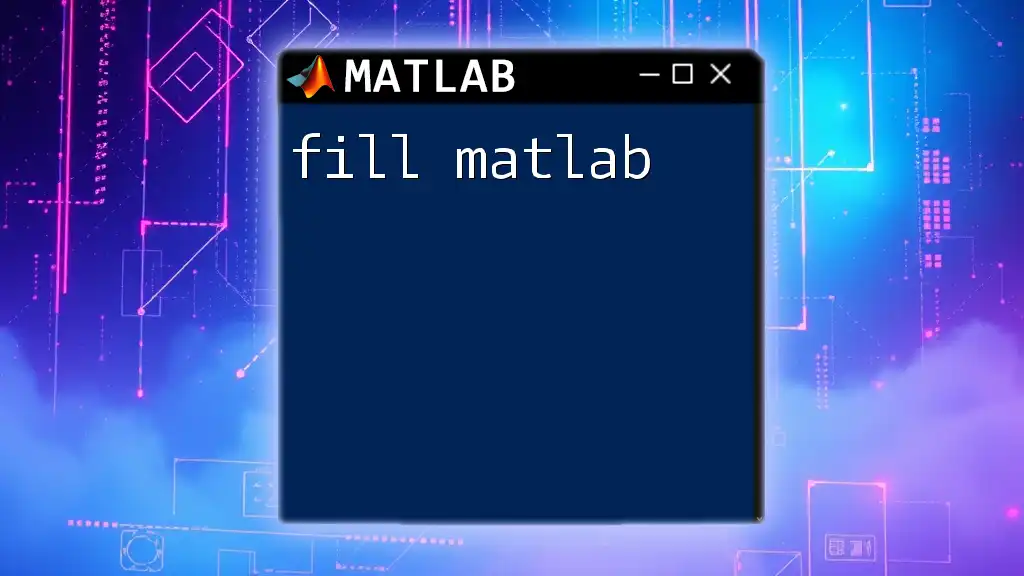
Further Reading and Resources
For those interested in diving deeper, consider exploring comprehensive textbooks focused on numerical methods and linear algebra applications. Online courses and video tutorials can further assist in honing your skills.
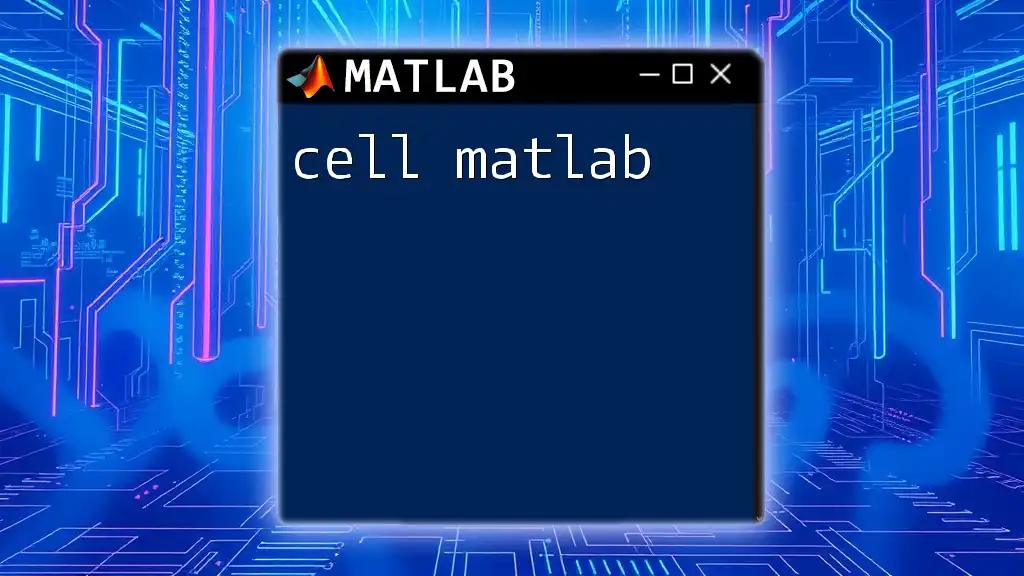
Call to Action
If you’re eager to enhance your MATLAB skills, connect with our team for customized training sessions that can help you master crucial commands like LU decomposition and more!

